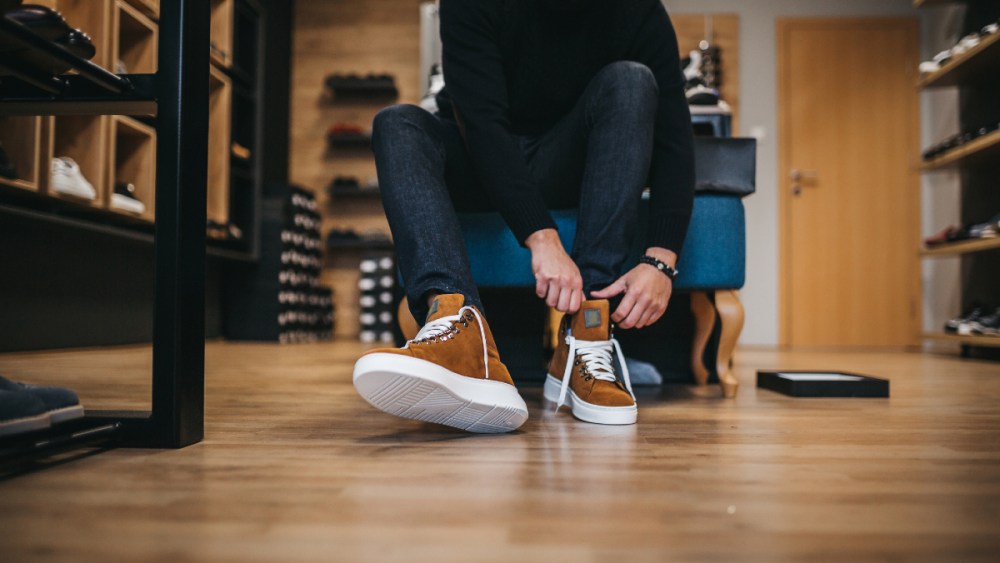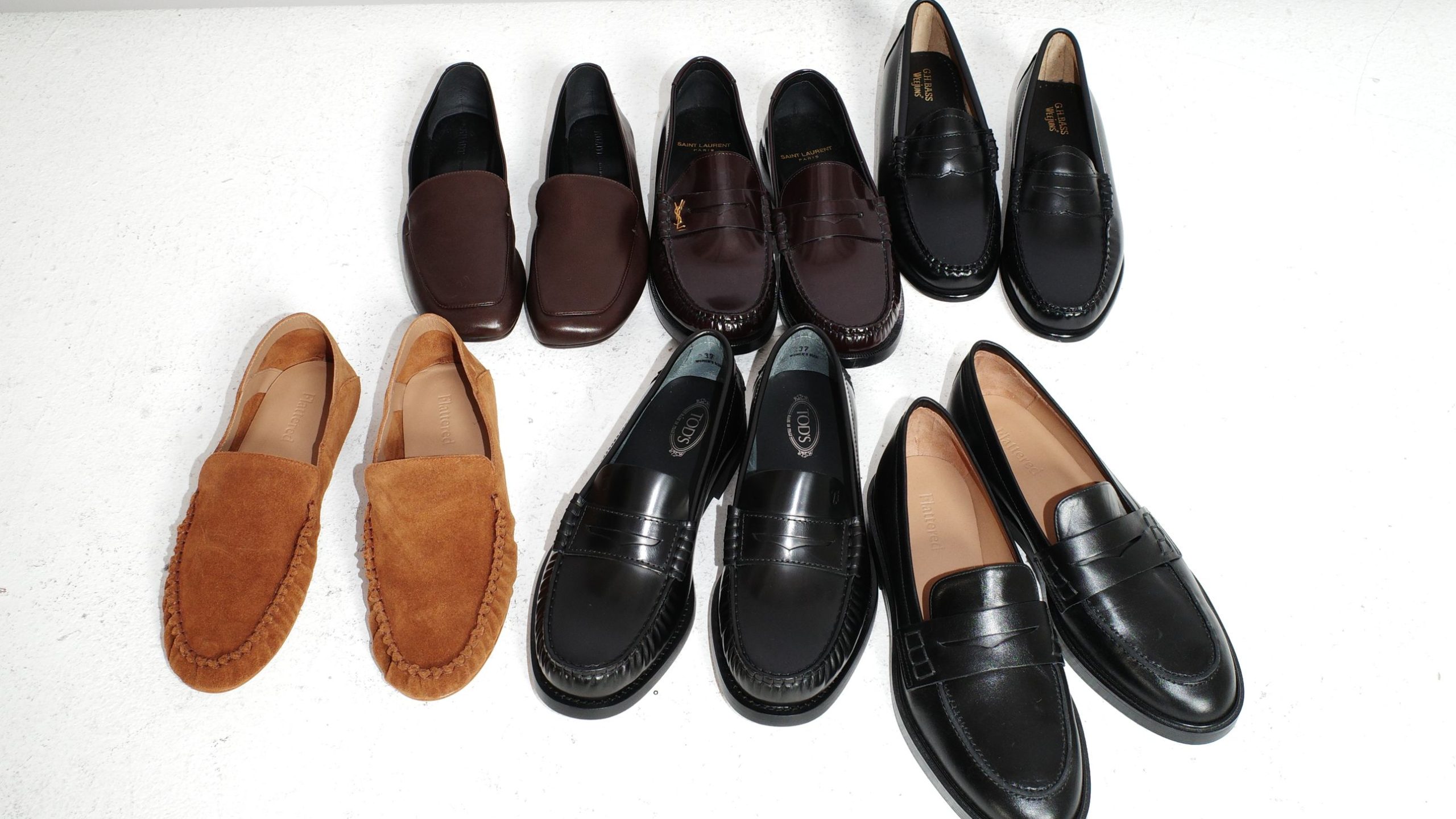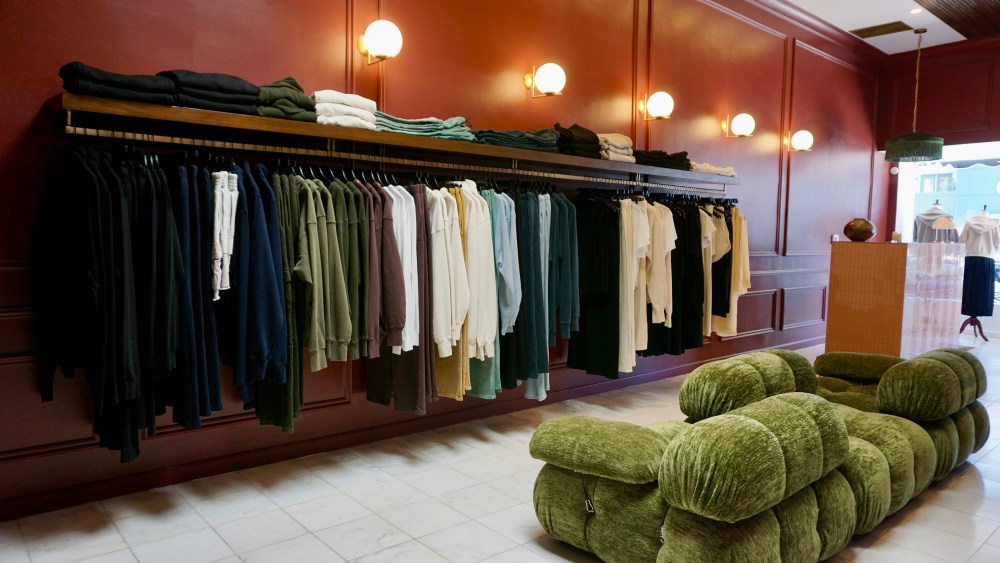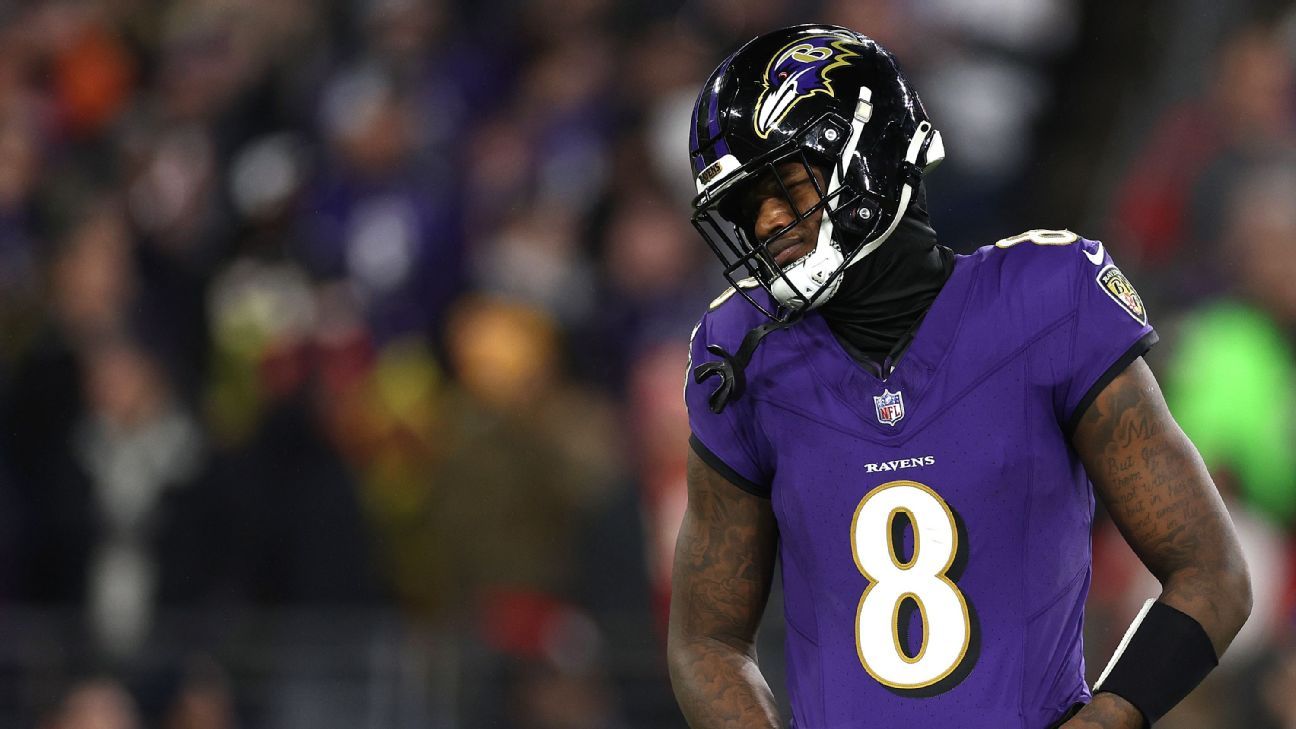
Shoe prices in July started to rise after months of declines.
The increases appear in lock-step with rising inflation and sharply higher duties paid on footwear imports. According to the latest BLS data, consumer prices rose 2.7 percent year-over-year in July, representing the fastest increase in five months.
According to data from the Footwear Distributors and Retailers of America (FDRA), retail footwear prices rebounded 0.9 percent year-over-year, reversing five straight months of declines. Prices rose across the board, led by higher prices for men’s, which was up 1.2 percent — the most in nine months. Women’s and children’s footwear prices each also reversed five straight months of declines, with the former up a comparable 0.9 percent and the latter increasing 0.2 percent.
“Despite these latest broad-based gains, retail footwear prices so far this year are modestly lower versus the same first seven months of last year,” said FDRA’s chief economist Gary Raines. “Even so, we continue to look for persistent inflation and rampant footwear duties to pressure retail prices higher in the remaining months of the year.”
Footwear firms such as Crocs Inc., Rocky Brands and Steve Madden Ltd. have said on earnings calls that they’ve implemented select price increases on certain styles. And Nike said it raised some sneaker prices on June 1, but left intact current price points for the Jordan brand and for its Nike kids apparel and footwear.
But with persistent inflation headaches, shoe prices have been a concern for parents as they prepare their kids for back-to-school. A study from an AlixPartners and FDRA collaboration indicate that parents will either trade down or buy fewer pairs.
Also not helping has been the barrage of tariff headlines, with U.S. President Donald Trump doling out piecemeal disclosures on the framework for new trade agreements that lack specific details as the finer points still need to be negotiated. Thus far, the U.S. has a preliminary trade agreement calling for a 20 percent tariff on imports to the U.S. from Vietnam, the go-to country for the manufacture of performance athletic shoes. Indonesia, which also has captured a sizable market for footwear production, faces a 19 percent tariff.
And for now, duties on China imports to the U.S. remain at 30 percent due to a 90-day extension that’s set to expire around Nov. 12.
China is still the largest manufacturer of shoes imported to the U.S., even though many brands have moved production elsewhere. FDRA’s Raines said the 90-day extension might not have as much impact on shoe brands as before because the diversification away from China has been going on for years.
“After accounting for 87 percent of the volume of U.S. footwear imports in 2010, China is on track to account for less than half of footwear imports this year,” FDRA’s chief economist said.
#Shoe #Prices #July #Started #Climb #Months #Declines






